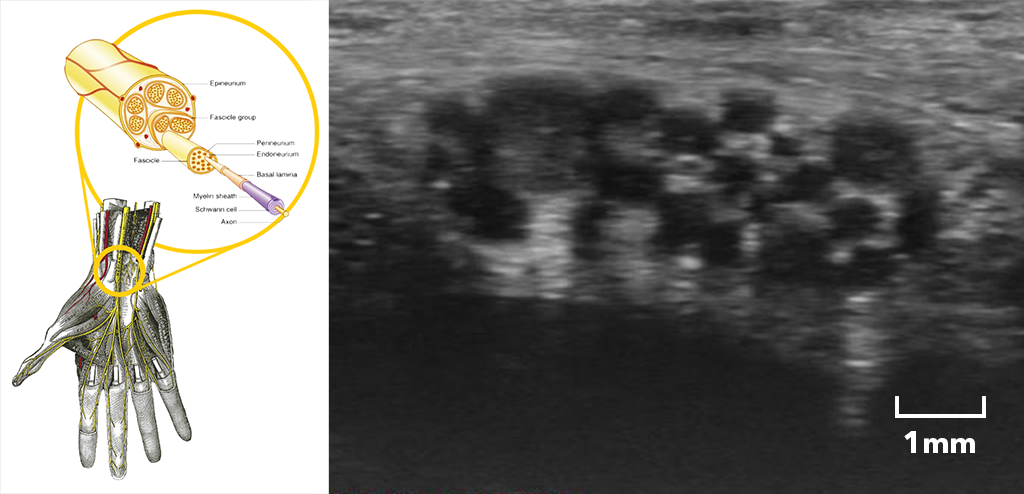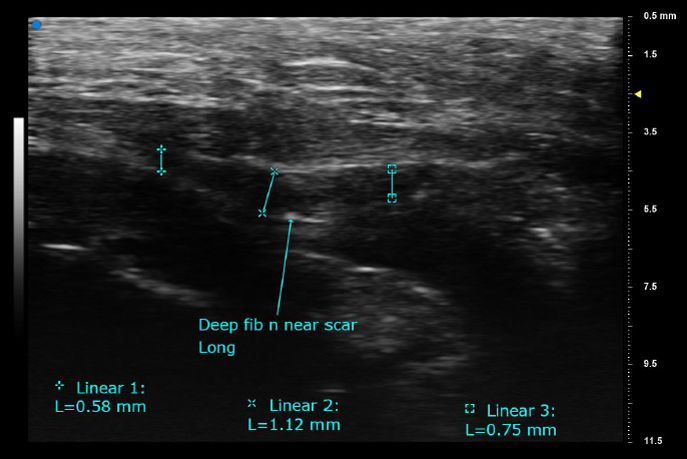
Dr. Jeffrey Strakowski
Clinical Professor and Associate Director of Medical Education at the Ohio State University and OhioHealth Riverside Methodist Hospital.
Musculoskeletal (MSK) disorders are injuries or illnesses that result from overexertion or repetitive motion. They include soft-tissue injuries such as sprains, strains, tears, hernias, and carpal tunnel syndrome. With over 150 diagnoses that affect the locomotor system, injuries can happen suddenly and be short-lived ie. fractures, sprains and strains or they can lead to lifelong conditions associated with ongoing pain and disability.
Injury sufferers experience pain in the hands, arms, shoulders, neck, back, legs or feet often accompanied by swelling, numbness, tingling and a feeling of heaviness and/or tiredness in the affected area. Injuries can significantly limit mobility and dexterity, lead to early retirement from work and reduced ability to participate in social activities. Second to cancer patients, MSK patients make up the greatest proportion of persistent pain sufferers. Musculoskeletal disorders are also linked to depression.
The 2017 Global Burden of Disease (GBD) study reports that musculoskeletal conditions were the second-highest contributor to global disability (accounting for 16% of all years lived with disability), and lower back pain remained the single leading cause of disability since it was first measured in 1990 (1). While the prevalence of musculoskeletal conditions varies by age and diagnosis, between 20%–33% of people across the world live with a painful MSK disorder.
With one in two adult Americans living with a musculoskeletal condition(2), Dr. Jeffrey Strakowski, a specialist in Physical Medicine and Rehabilitation in Ohio, USA, aims to facilitate better treatment decisions in conditions of pathology in order to greatly improve the outcome for suffering patients.
Dr. Strakowski is a Clinical Professor and Associate Director of Medical Education at the Ohio State University and OhioHealth Riverside Methodist Hospital. He is also the attending physician for two Ohio State resident core rotations, as well as elective resident and intern rotations. He is on committees for ultrasound accreditation for both the AANEM and AAPM&R national organizations and has written 2 different textbooks on ultrasound as well as research papers and other textbook chapters.
Dr. Strakowski works with ultrasound technology for imaging soft-tissue musculoskeletal disorders, peripheral nerve entrapments, and injuries and for image-guided interventional procedures. His primary goal is to examine the peripheral nerves and other musculoskeletal structures; as these are not observable using conventional ultrasound, Dr. Strakowski is looking to ultra high frequency (UHF) ultrasound to fill this gap.
UHF ultrasound technology developed by FUJIFILM VisualSonics has been used in preclinical research applications since 1999. In 2016, the Vevo MD ultra high frequency ultrasound was approved for human use by the FDA. Using UHF ultrasound, Dr. Strakowski’s goal is to visualize peripheral nerves and other musculoskeletal structures in previously unseen detail.
 Above: The Median nerve as visualized using the Vevo MD.
Above: The Median nerve as visualized using the Vevo MD.
Since using the Vevo MD, Dr. Strakowski has been able to improve diagnostic acumen and facilitate better treatment decisions in conditions of pathology. He hopes to create new ways to incorporate ultrasound and improve understanding of focal nerve injuries that can lead to better treatment of potentially disabling conditions.
Dr. Strakowski shares the following with us: “Ultra high frequency ultrasound allows higher resolution visualization of smaller structures and more detailed assessment of larger superficial structures. This is a significant advancement in sonographic visualization. The unprecedented resolution is assisting in creating scanning protocols for smaller structures that are not easily differentiated with other imaging and detecting structural changes in tissue that otherwise might not be appreciated. We have already made a number of sonographic anatomic discoveries scanning with the VevoMD and FUJIFILM VisualSonics has been very helpful in supporting our courses and academic endeavors in both teaching and research.” Above: Deep fibular neuropathy on post surgical screw.
Above: Deep fibular neuropathy on post surgical screw.
 Above: Facilitates delineation and measurement of small changes - fibular nerve
Above: Facilitates delineation and measurement of small changes - fibular nerve
In speaking of the future of ultra-high frequency ultrasound, Dr. Strakowski feels that the technology is going to become more widespread over time as practitioners and researchers become accustomed to this innovation.
(1)James SL, Abate D, Abate KH, et al. Global, regional, and national incidence, prevalence, and years lived with disability for 354 diseases and injuries for 195 countries and territories, 1990-2017: a systematic analysis for the Global Burden of Disease Study 2017. Lancet 2018; 392: 1789-858.
(2) The Impact of Musculoskeletal Disorders on Americans — Opportunities for Action
http://www.boneandjointburden.org/docs/BMUSExecutiveSummary2016.pdf Bone and Joint Initiative USA. 2016.